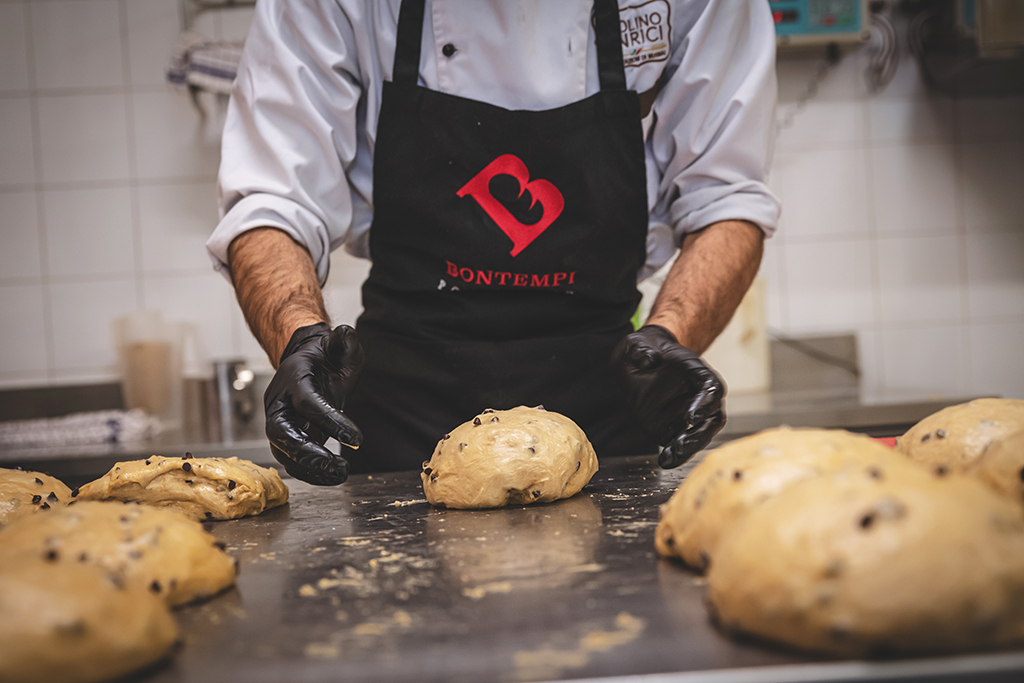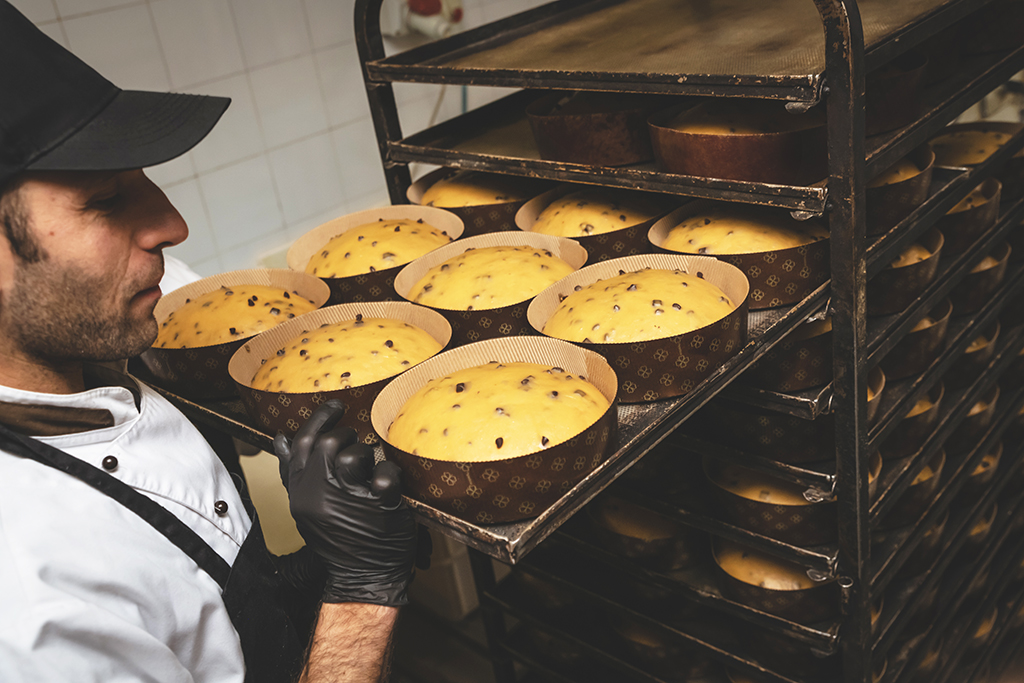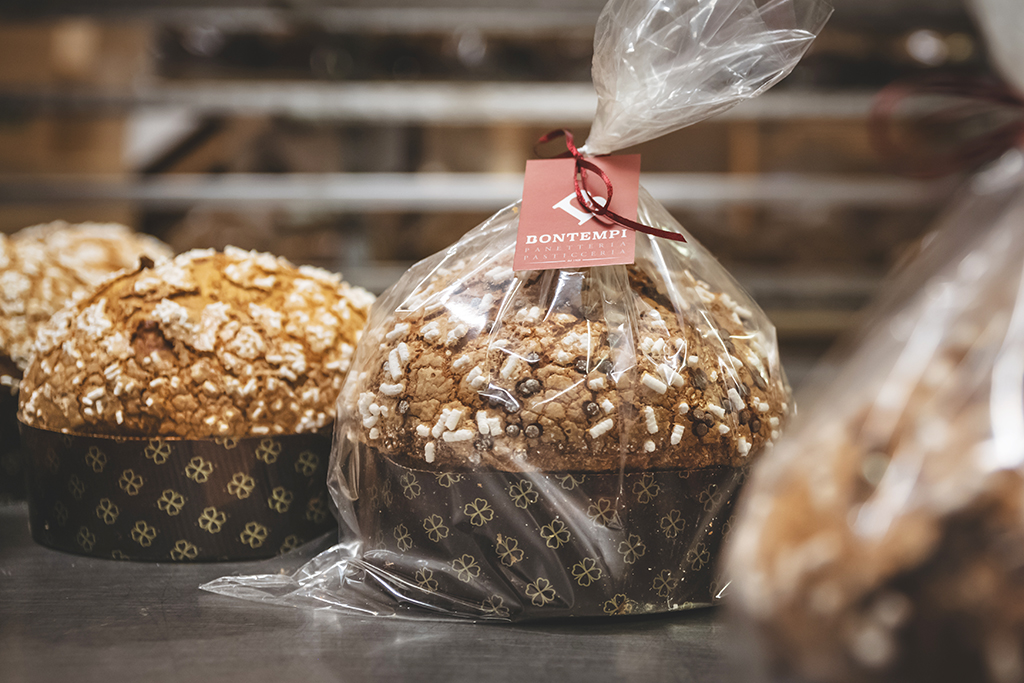2.9 min read
A Great Journey into the Art and Science of Panettone Baking at Roberto Trotta’s Lab!

Yesterday, our team embarked on a culinary adventure as we stepped into the realm of Roberto Trotta’s panettone and pastry lab, Bontempi, in the lovely mountain location of Susa, little town close to Turin.
The whole experience was very interesting and exciting, as we got to see our panettone being baked! It also provided us with a deeper understanding of the intricacies of panettone baking, an art that merges the artistry of a pastry chef with the scientific precision of a chemist.
The gluten mesh and the power of science
The first step of our visit was delving into the fascinating world of gluten mesh, the invisible backbone of panettone’s texture. Roberto shared with us insights into the chemistry behind these gluten structures: the gluten mesh, formed through the interaction of glutenin and gliadin proteins through the mechanical power of water, is crucial for creating the characteristic light and airy crumb of panettone. Trotta’s meticulous attention to detail in cultivating and preserving this gluten network showcased the true mastery required in the art of panettone baking.
Afterwards, he explained the importance of yeast in the panettone-making process unfolded before us. Trotta, with the expertise of a seasoned scientist, explained the intricate dance between yeast, flour, and other ingredients that allow a great panettone to be light and digestible, while rich in butter and eggs. The chemistry of yeast fermentation emerged as a critical factor in determining the final flavor and texture of the panettone. The controlled fermentation process not only leavens the dough but also imparts the distinct aroma and taste that define an exceptional panettone.
Features of the perfect panettone mould
In the quest for perfection, the chef elaborated on the meticulous considerations a pastry chef undertakes when selecting baking moulds. Each mould is chosen with precision, considering various factors that contribute to the final product’s excellence. From the choice of paper, shape and size of the mould to its rigidity and greaseproof features, every detail plays a role in shaping the panettone. It was intriguing to witness how these subtle decisions could significantly impact the outcome, reflecting the fusion of culinary intuition and scientific understanding.

A glimpse into the other side of panettone industry
The journey through Bontempi was not only enjoyable (free panettone! What could be better?) but also provided a rare glimpse into the symbiotic relationship between art and science in the realm of pastry making, teaching us more about how our technical and engineering know-how can contribute to create the perfect product.










